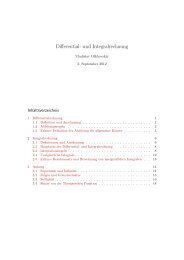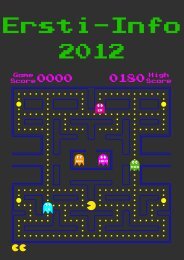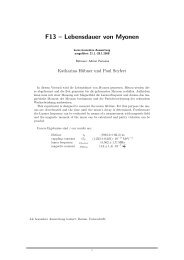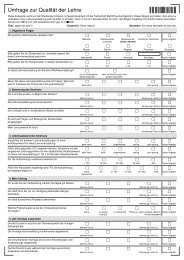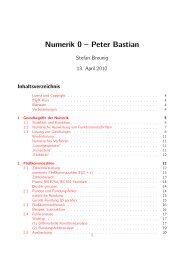Extrasolar Moons as Gravitational Microlenses Christine Liebig
Extrasolar Moons as Gravitational Microlenses Christine Liebig
Extrasolar Moons as Gravitational Microlenses Christine Liebig
You also want an ePaper? Increase the reach of your titles
YUMPU automatically turns print PDFs into web optimized ePapers that Google loves.
CHAPTER 3. METHOD 23<br />
point of the planetary caustic through which a first horizontal track is cut, then 9<br />
tracks are drawn in parallel on either side, after a rotation of 15 ◦ again 19 parallel<br />
tracks are drawn, and so on, until the magnification map is covered with the evenly<br />
spaced-grid.<br />
Figure 3.6: 228 individual light curves are extracted from each triple lens magnification<br />
pattern. To have an unbi<strong>as</strong>ed statistical sample, the source trajectories<br />
are chosen independently of the lunar caustic features, though all light curves are required<br />
to p<strong>as</strong>s through or very close to the planetary caustic. This is realised through<br />
generating a grid of source trajectories that is only oriented at of the planetary caustic.<br />
In the standard c<strong>as</strong>e we use solar sized source, the size of which is indicated in<br />
the lower left corner of the pattern.<br />
Curve comparison<br />
We want to use the properties of the χ 2 -distribution for a test of significance of<br />
deviation between two simulated curves. We start in section 3.3.1 with describing<br />
the standard procedure for quantifying the goodness-of-fit for any fit of a theoretical



